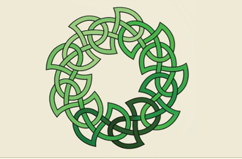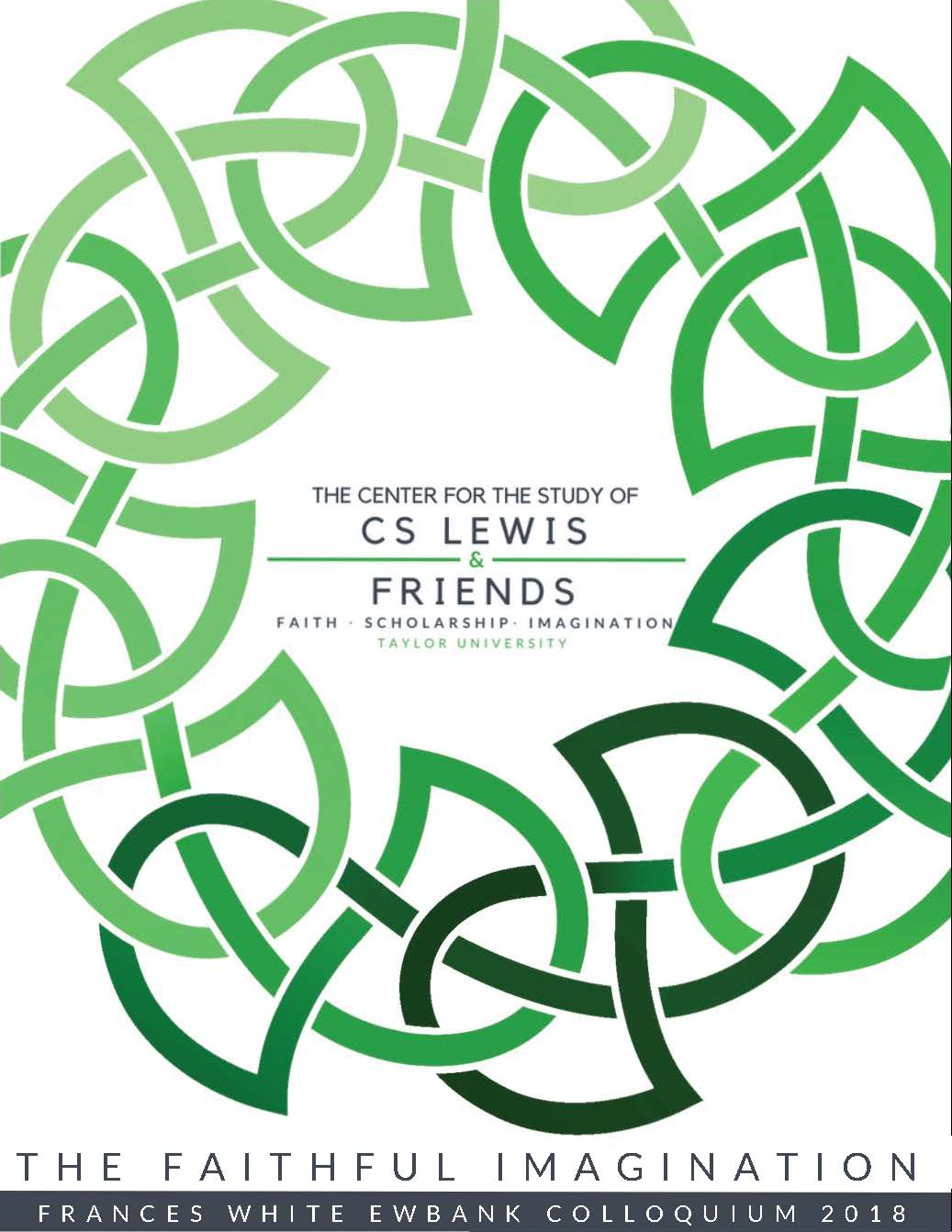Event Title
Concurrent Paper Session 2C: From the Depths: Uncovering Sources of the Imagination
Location
Euler 062-063
Start Date
1-6-2018 9:15 AM
Description
"Lewis Underground: Echoes of the Battle of Arras in The Silver Chair" - Vickie Holtz Wodzak
Enchanted, the men of Underworld intone “many sink down to Underworld, but few return to the sunlit lands.” While the underworld passages in The Silver Chair clearly echo any number of literary accounts of trips to the underworld—those of Odysseus and Orpheus to name only two—these passages also draw on Lewis’s personal knowledge of an underworld where soldiers sheltered from German bombs, and of a system of interconnected caves and mines used as a staging area for The Battle of Arras, which began in April of 1917. Lewis himself participated in the Battle of Arras from September 1917 to April 1918, when he was wounded at Mt. Berenchon. While he arrived there some months after the offensive, it seems unlikely that the underground caves and the battle plan would have been forgotten by the time he arrived. Further, he was billeted on more than one occasion in the barracks at Arras. The Underworld that the Green Witch creates, her plan to burst forth on the unsuspecting Narnians, and even the imagined cool caves left behind when her plans fail, are reminiscent of a battle that Lewis just missed but that could not have been forgotten by the time he arrived on the front.
"Understanding Relics: Charles Williams's Journey From Holy Torn to Holy Grail" - Sue Wendling
According to his biographer, Williams completed The Chapel of the Thorn two years after his uncle Charles Wall published Relics of the Passion (1910). This essay, first, defines what sacred “relics” are and emphasizes their importance to pre-modern Christians. Rather than seeing relics as “merely superstitious and idolatrous,” the early Church’s sacramentalism did not dualistically harden boundaries between the physical and the spiritual. This essay then traces the progression from Williams’s early use of a relic, such as a thorn in The Chapel of the Thorn, to his later use of the relic of the Holy Grail in both War in Heaven (1930) and his late Arthurian cycles. In Williams’s final retelling of the Arthurian myth, the Grail in its physical manifestation departs sinful Logres. Yet the Christian is able after all to “achieve the Grail” through the Sacrament of the Eucharist. For Charles Williams the chalice of the Grail has become the cup of the Eucharist.
"The Ladder of Love and C.S. Lewis" - Christian Mack
"Straunger Thinges: The Absolute Upside Down of the Medieval Model in The Dark Tower, All Hallow's Eve, and "The Lost Road," - Michael Karounos
With a glance at contemporary culture, this paper will look at the influence of Chaucer and J.W. Dunne in the novels The Dark Tower (1938) and All Hallow’s Eve (1945) in which C. S. Lewis and Charles Williams portray the “Upside Down” of a spatio-temporal “Othertime” in terms of early 20th century theories on time and space. Lewis’s The Dark Tower explicitly cites J. W. Dunne, Henri Bergson, and Friedrich Nietzsche while Williams’s All Hallow’s Eve’s depiction of time and space implicitly suggests their influence. Additionally, The Dark Tower has intriguing compositional elements that anticipate All Hallow’s Eve and suggests that the later work, That Hideous Strength (1945), may not be a “Charles Williams novel written by C. S. Lewis” but simply shares in the common interests that both men incorporated in their work.
Event Type
Paper
Concurrent Paper Session 2C: From the Depths: Uncovering Sources of the Imagination
Euler 062-063
"Lewis Underground: Echoes of the Battle of Arras in The Silver Chair" - Vickie Holtz Wodzak
Enchanted, the men of Underworld intone “many sink down to Underworld, but few return to the sunlit lands.” While the underworld passages in The Silver Chair clearly echo any number of literary accounts of trips to the underworld—those of Odysseus and Orpheus to name only two—these passages also draw on Lewis’s personal knowledge of an underworld where soldiers sheltered from German bombs, and of a system of interconnected caves and mines used as a staging area for The Battle of Arras, which began in April of 1917. Lewis himself participated in the Battle of Arras from September 1917 to April 1918, when he was wounded at Mt. Berenchon. While he arrived there some months after the offensive, it seems unlikely that the underground caves and the battle plan would have been forgotten by the time he arrived. Further, he was billeted on more than one occasion in the barracks at Arras. The Underworld that the Green Witch creates, her plan to burst forth on the unsuspecting Narnians, and even the imagined cool caves left behind when her plans fail, are reminiscent of a battle that Lewis just missed but that could not have been forgotten by the time he arrived on the front.
"Understanding Relics: Charles Williams's Journey From Holy Torn to Holy Grail" - Sue Wendling
According to his biographer, Williams completed The Chapel of the Thorn two years after his uncle Charles Wall published Relics of the Passion (1910). This essay, first, defines what sacred “relics” are and emphasizes their importance to pre-modern Christians. Rather than seeing relics as “merely superstitious and idolatrous,” the early Church’s sacramentalism did not dualistically harden boundaries between the physical and the spiritual. This essay then traces the progression from Williams’s early use of a relic, such as a thorn in The Chapel of the Thorn, to his later use of the relic of the Holy Grail in both War in Heaven (1930) and his late Arthurian cycles. In Williams’s final retelling of the Arthurian myth, the Grail in its physical manifestation departs sinful Logres. Yet the Christian is able after all to “achieve the Grail” through the Sacrament of the Eucharist. For Charles Williams the chalice of the Grail has become the cup of the Eucharist.
"The Ladder of Love and C.S. Lewis" - Christian Mack
"Straunger Thinges: The Absolute Upside Down of the Medieval Model in The Dark Tower, All Hallow's Eve, and "The Lost Road," - Michael Karounos
With a glance at contemporary culture, this paper will look at the influence of Chaucer and J.W. Dunne in the novels The Dark Tower (1938) and All Hallow’s Eve (1945) in which C. S. Lewis and Charles Williams portray the “Upside Down” of a spatio-temporal “Othertime” in terms of early 20th century theories on time and space. Lewis’s The Dark Tower explicitly cites J. W. Dunne, Henri Bergson, and Friedrich Nietzsche while Williams’s All Hallow’s Eve’s depiction of time and space implicitly suggests their influence. Additionally, The Dark Tower has intriguing compositional elements that anticipate All Hallow’s Eve and suggests that the later work, That Hideous Strength (1945), may not be a “Charles Williams novel written by C. S. Lewis” but simply shares in the common interests that both men incorporated in their work.


